In a bold counter-terror operation on Wednesday, India carried out precision strikes targeting terror infrastructure deep inside Pakistan. Codenamed Operation Sindoor, the mission focused on nine strategic sites, all of which were reportedly hit successfully, according to sources.
The operation was aimed at dismantling the support network of terrorist groups like Lashkar-e-Taiba, Jaish-e-Mohammad, and Hizbul Mujahideen. Intelligence inputs suggest that these outfits have long operated under the covert patronage of the Pakistan Army and its intelligence wing, the Inter-Services Intelligence (ISI). This support has included financial aid, logistics, combat training, and doctrinal backing.
Many of these terrorist groups run their operations from facilities disguised within official buildings across Pakistan and Pakistan-occupied Jammu & Kashmir (PoJK). These include training camps—known as Markaz—and launch pads situated dangerously close to Pakistan Army installations.
While launch pads are commonly used for arms training and operational staging, the larger Markaz facilities inside Pakistan serve broader functions. These include religious indoctrination, propaganda, funding operations, and expansion planning, all allegedly backed by the Pakistani establishment.
Among the high-profile targets in the strike were Markaz Taiba in Muridke, a known Lashkar-e-Taiba hub, and Markaz Subhan Allah in Bahawalpur, the headquarters of Jaish-e-Mohammad. These centers not only house top commanders but also act as nerve centers for radicalization, intelligence training, and arms handling.
Sources also revealed that these facilities have been platforms for spreading anti-India rhetoric, with group leaders often delivering fiery speeches to incite violence and recruit individuals for jihad. One such instance was recorded in December 2024.
The nine sites targeted in Operation Sindoor were chosen based on specific intelligence aimed at crippling the operational capabilities of these terrorist organizations and sending a strong message against cross-border terrorism.
The 9 terror targets that India struck in Operation Sindoor 1.Markaz Subhan Allah, BahawalpurOperational since 2015, Markaz Subhan Allah in Bahawalpur functions as the primary hub of Jaish-e-Mohammad (JeM) for training, indoctrination, and strategic operations. Serving as the group’s de facto headquarters, the facility has been linked to multiple terror plots, including the deadly Pulwama attack on February 14, 2019.
The compound houses key JeM leadership, including founder Maulana Masood Azhar, his brother and de-facto chief Mufti Abdul Rauf Asghar, Maulana Ammar, and other close family members. Masood Azhar is known to have delivered numerous speeches from this facility, using it as a platform to promote anti-India propaganda and call on youth to join the so-called Islamic Jihad.
Markaz Subhan Allah is also a key site for ongoing arms training, physical conditioning, and religious indoctrination of JeM cadres, reinforcing its central role in the group’s terror machinery.
Markaz Taiba, established in 2000, is the primary training center and alma mater of Lashkar-e-Taiba (LeT), located in Nangal Sahdan, Muridke, Sheikhupura, Punjab, Pakistan. This complex serves as a hub for arms training, physical conditioning, and radicalization, catering to both domestic and international recruits. The center enrolls approximately 1,000 students annually in various courses, emphasizing its significant role in producing operatives for LeT each year.
Osama Bin Laden contributed Rs 10 million for the construction of a mosque and guest house within the Markaz Taiba complex. Under the direction of Pakistan's Inter-Services Intelligence (ISI), all the perpetrators of the 26/11 Mumbai attacks, including Ajmal Kasab, underwent 'Daura-e-Ribbat' (intelligence training) at this facility. David Coleman Headley and Tahawwur Hussain Rana, the main conspirators behind the Mumbai attacks, visited Muridke along with co-conspirators Abdul Rehman Sayed (also known as Pasha), Haroon, and Khurram, under the instructions of Zaki-ur-Rehman Lakhvi.

Sarjal, located in the Shakargarh Tehsil of Narowal District, Punjab, Pakistan, serves as the primary launching facility for Jaish-e-Mohammad (JeM) to infiltrate terrorists into Jammu and Kashmir (J&K). In line with Pakistan's strategy to conceal terrorist infrastructure within government buildings, the Sarjal facility operates from the premises of a Primary Health Center (PHC) in Tehra Kalan Village, within the Sarjal area. Its strategic location, just 6 km from the International Border (IB) in the Samba Sector of Jammu, J&K, adds to its significance.
The facility is used for digging cross-border tunnels to facilitate the infiltration of terrorists. Additionally, it acts as a launching base for drones that drop arms, ammunition, narcotics, and other warlike materials into Indian territory. Key JeM operatives, including Mohammad Adnan Ali (also known as Doctor) and Kashif Jan, frequently visit this facility, which is overseen by JeM's de facto chief, Mufti Abdul Rauf Asghar. The facility remains a crucial hub for JeM's terrorist infiltration and arms smuggling activities into India.
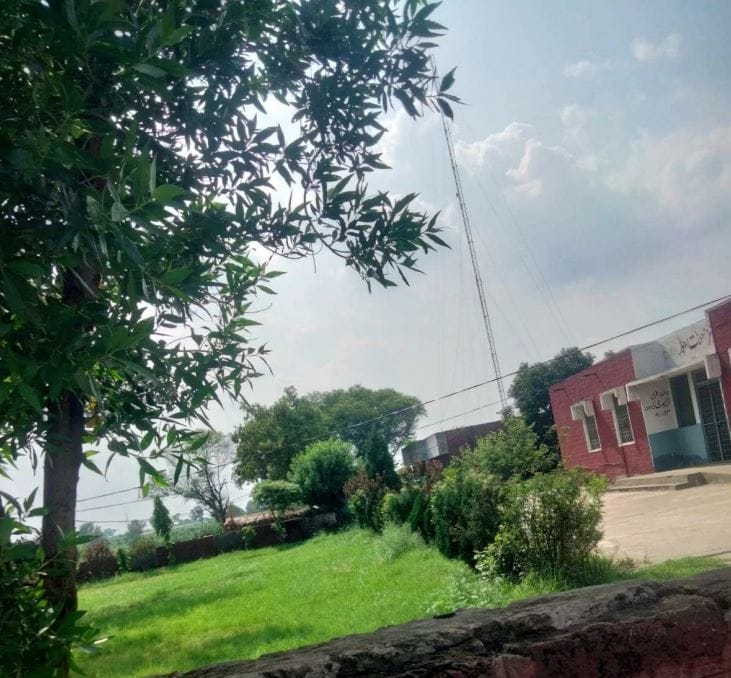
The Mehmoona Joya facility of Hizbul Mujahideen (HM), another example of Pakistan's ISI using government buildings for terror activities, is located within the premises of the Bhutta Kotli Government building. This facility plays a key role in the infiltration of HM cadres into the Jammu region of Jammu and Kashmir (J&K).
In addition to supporting infiltration, the facility is also used for training HM operatives in terrorist tactics and weapons handling under the guidance of senior commanders. Mohd. Irfan Khan, also known as Irfan Tanda, serves as the commander of this facility. Typically, around 20 to 25 terrorists are stationed there at any given time, overseeing infiltration attempts and coordinating terrorist operations in India.
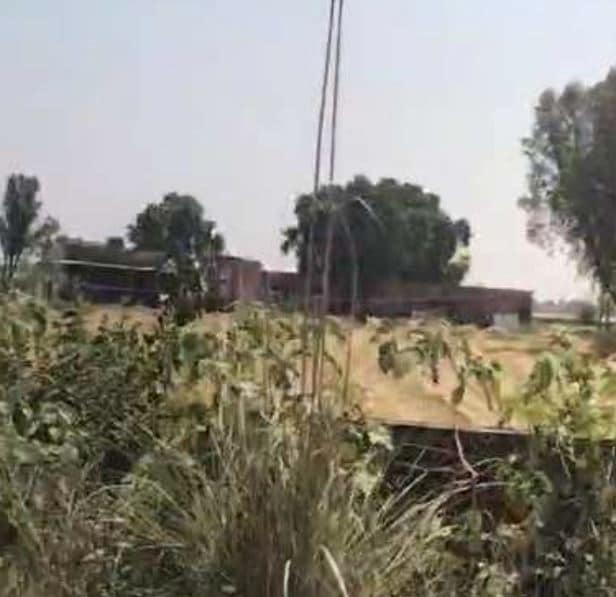
Located on the outskirts of Barnala town along Kote Jamel road, Markaz Ahle Hadith Barnala is a significant hub for Lashkar-e-Taiba (LeT) in Pakistan-occupied Jammu and Kashmir (PoJK). It serves as a key site for the infiltration of LeT terrorists and the smuggling of arms and ammunition into the Poonch, Rajouri, and Reasi sectors of Jammu and Kashmir.
The Markaz also functions as a staging area for LeT militants before they cross into Indian territory, with the capacity to accommodate 100 to 150 cadres. Notable LeT operatives, including Qasim Gujjar, Mahrore, Qasim Khanda, and Anas Jarar, are based at this facility or in its vicinity. Senior operational commanders of LeT frequently visit the Markaz to organize and oversee terrorist activities carried out by LeT, Jamaat-ud-Dawa, and the Jammu & Kashmir United Movement.
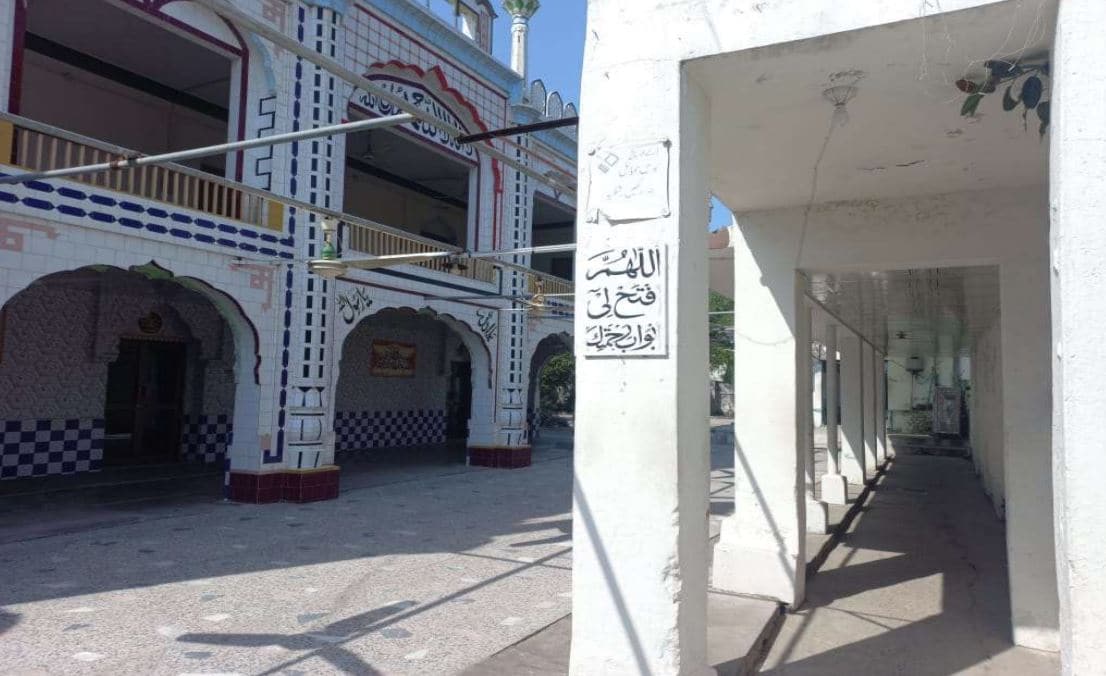
Markaz Abbas is a key terrorist facility of Jaish-e-Mohammad (JeM). The facility is headed by Hafiz Abdul Shakoor, also known as Qari Zarrar, a 'shura member' of the JeM Council and a close associate of top JeM commander Mufti Abdul Rauf Asghar. Qari Zarrar is directly involved in planning and executing terrorist attacks in Jammu and Kashmir and is a wanted fugitive by India's National Investigation Agency (NIA).
Markaz Abbas has the capacity to accommodate around 100 to 125 JeM cadres. This facility serves as a crucial center for planning and carrying out JeM's terrorist activities, including the infiltration of militants from the Poonch and Rajouri sectors into Indian territory.
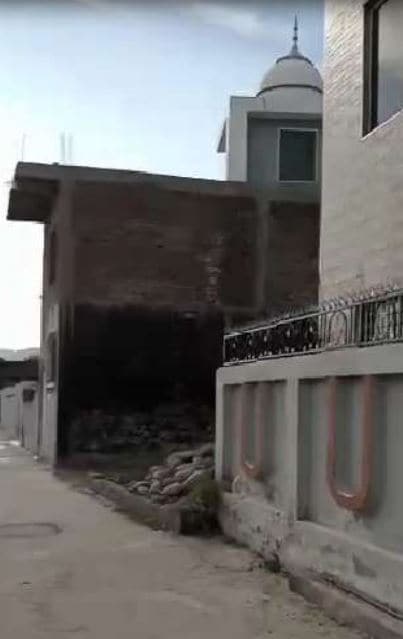
Located in Pakistan-occupied Jammu and Kashmir (PoJK), Maskar Raheel Shahid is one of the oldest facilities of Hizbul Mujahideen (HM). The facility has the capacity to accommodate around 150 to 200 HM terrorists. It is primarily used by HM militants for arms training, firearms practice, and specialized physical conditioning. In addition to conventional arms training and physical fitness, the camp specializes in preparing cadres for Border Action Team (BAT) operations, sniping, and combat in hilly terrain, along with survival training.
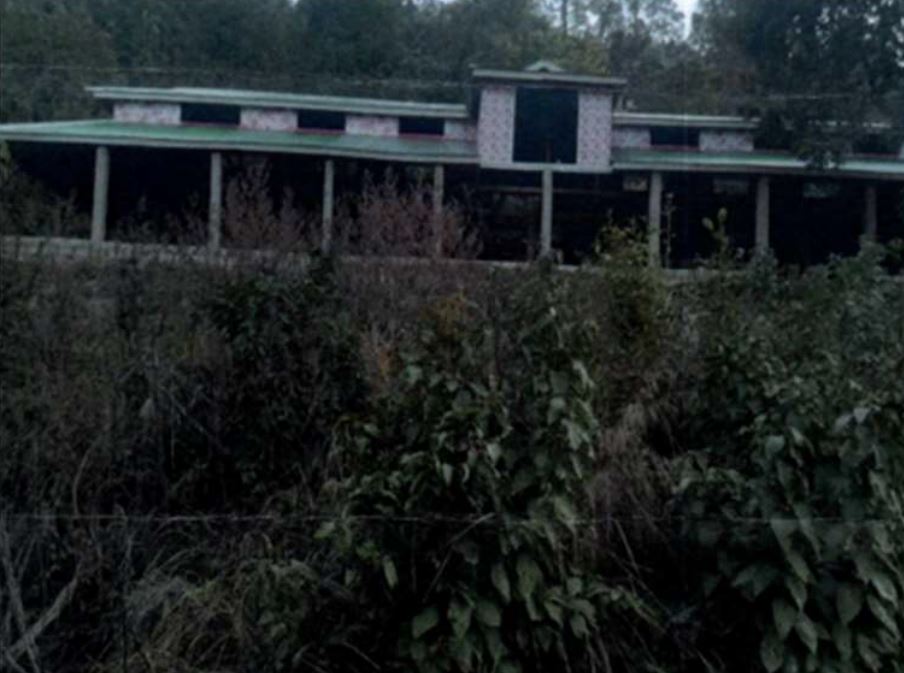
Also known as Bait-ul-Mujahideen, Shawai Nallah camp is located near the Chelabandi bridge on the Muzaffarabad-Neelum Road in Muzaffarabad, Pakistan-occupied Jammu and Kashmir (PoJK). It is one of the most significant camps for Lashkar-e-Taiba (LeT). The attackers of the 26/11 Mumbai attack, including Ajmal Kasab, received terrorist training at this camp. Established in the early 2000s, the camp is used for the recruitment, registration, and training of LeT cadres.
It serves as a base for the 'Daura-e-Aam' training program, which includes religious indoctrination, physical conditioning, and tactical training, covering skills such as GPS usage, map reading, and arms training for rifles and grenades. The Pakistani ISI also supports this facility by providing trainers from the Pakistan Army to offer weapons training to LeT operatives. The camp can accommodate 200 to 250 LeT militants at any given time and functions as a staging point for terrorists before they infiltrate into Indian territory. From here, LeT cadres are sent to launch points situated across North Kashmir.
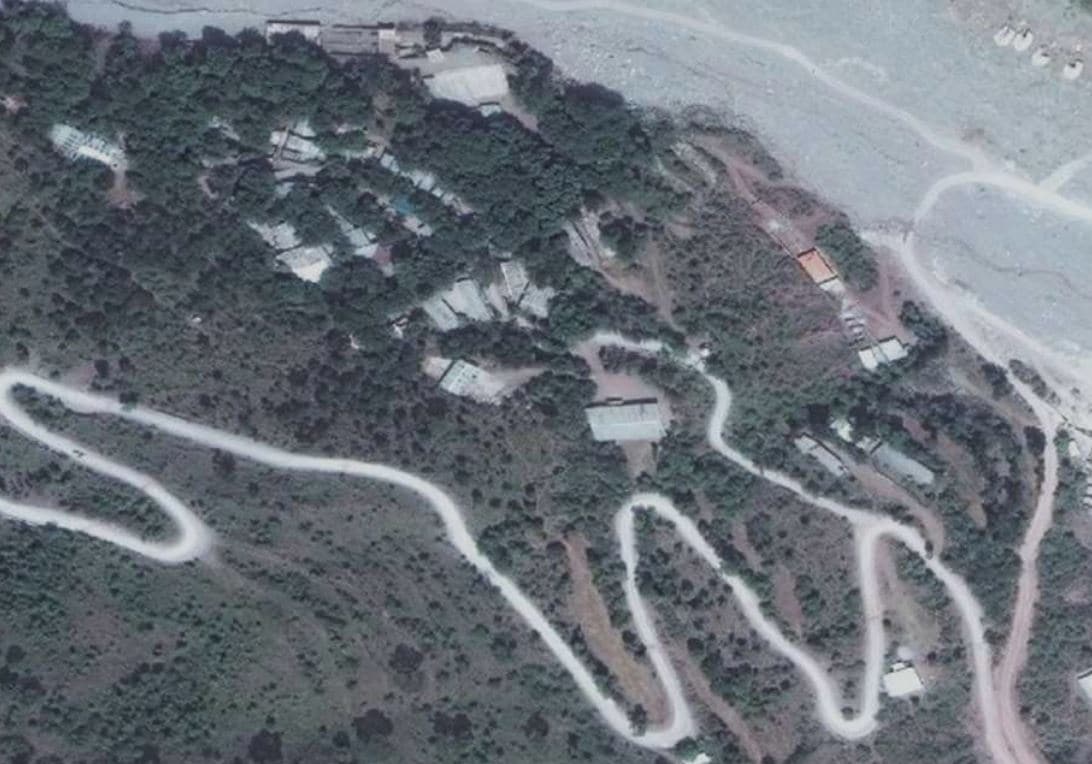
Markaz Syedna Bilal is the principal Jaish-e-Mohammad (JeM) facility in Pakistan-occupied Jammu and Kashmir (PoJK), strategically located opposite the Red Fort in Muzaffarabad. This center functions primarily as a transit camp for JeM terrorists before they are launched into Jammu and Kashmir. At any given time, the facility houses between 50 to 100 cadres.
It is overseen by Mufti Asghar Khan Kashmiri, JeM's operational commander and head of its PoJK operations. Notable operatives such as Abdullah Jehadi (also known as Abdullah Kashmiri) and Indian fugitive Aashiq Nengroo also operate from this center. Additionally, Pakistan Army’s Special Service Group (SSG) commandos are known to provide advanced combat training to JeM terrorists at the facility.
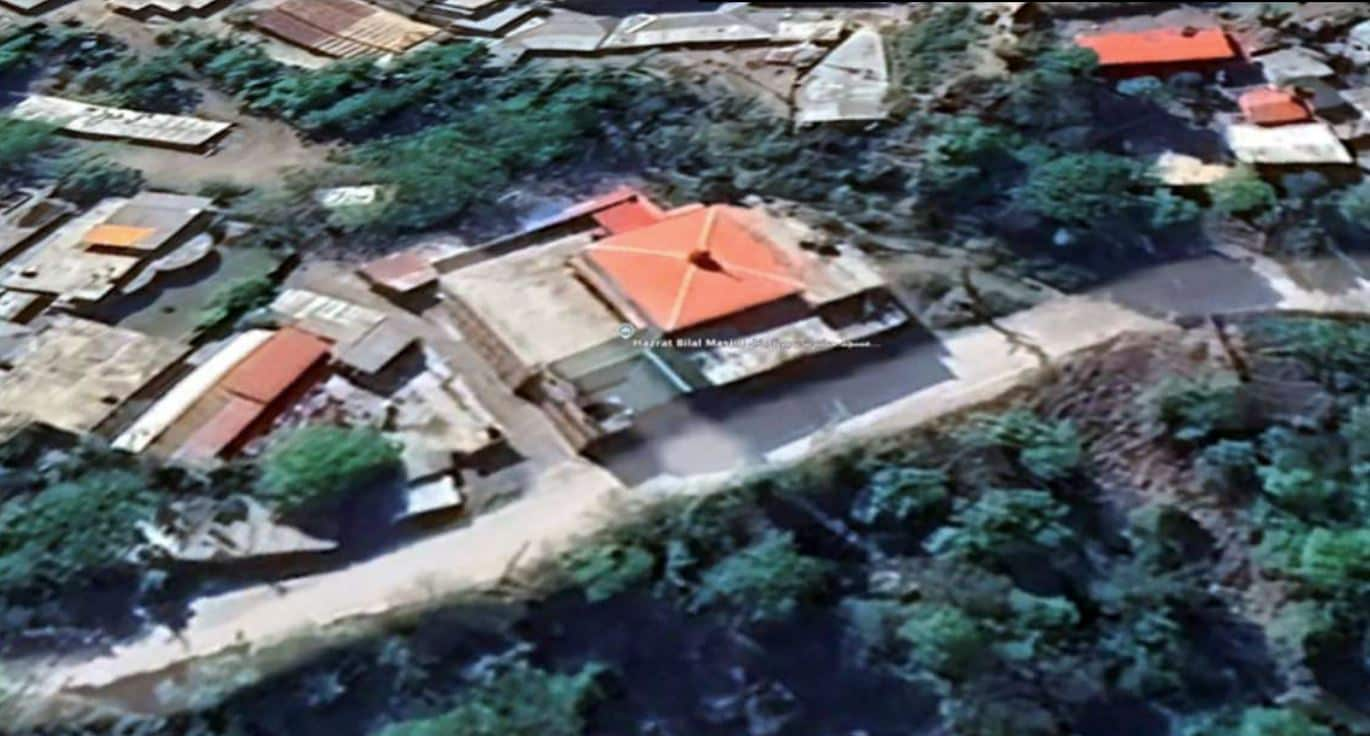
In a major counter-terrorism response, Indian Armed Forces successfully targeted these nine key terror facilities—four located in Pakistan, including Bahawalpur, Muridke, and Sialkot, and five in PoJK—using precision-guided munitions in a highly coordinated operation. The mission, known as Operation Sindoor, was executed jointly by the Indian Army, Navy, and Air Force, involving extensive mobilisation of troops and strategic assets. According to sources cited by ANI, Prime Minister Narendra Modi closely monitored the operation throughout the night.
You may also like

Five school children among 6 killed in Patiala accident

Ax-4 mission, with India's Shukla, may get delayed

After India's intervention, Sotheby's puts off relics auction

Luke Humphries gives verdict on Luke Littler boos as Nuke ready to rain on rival's parade

Two Man Utd stars put on Ruben Amorim transfer notice ahead of Athletic Bilbao clash







